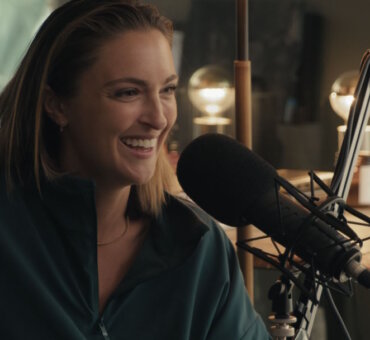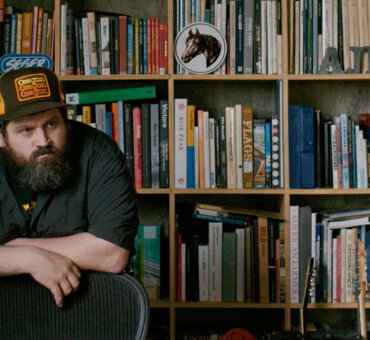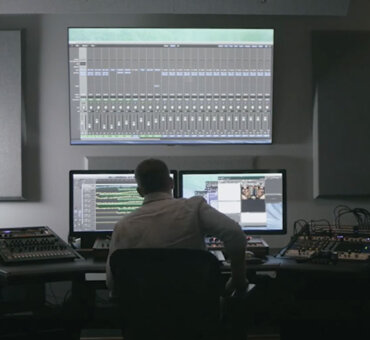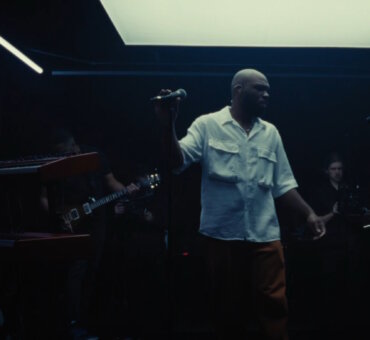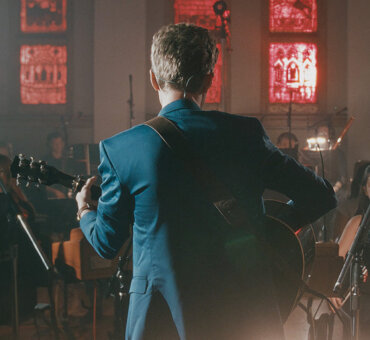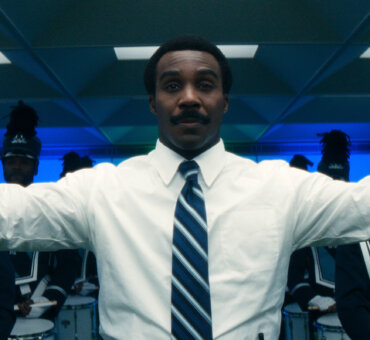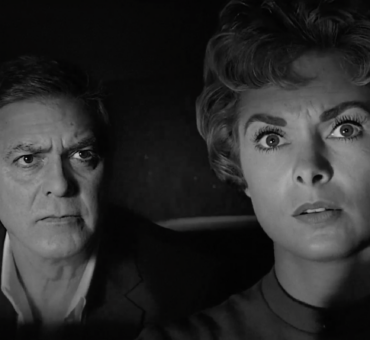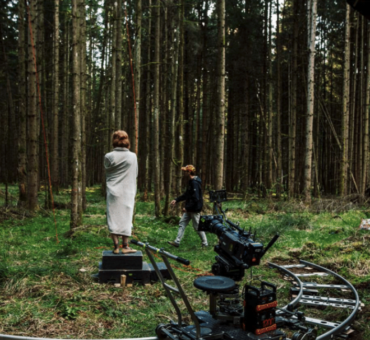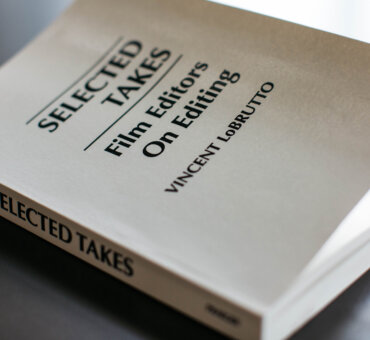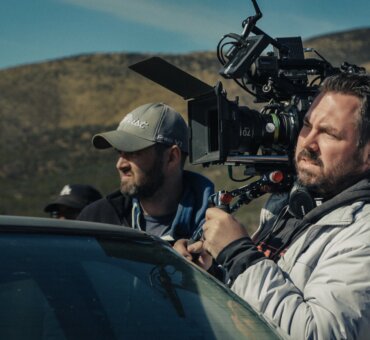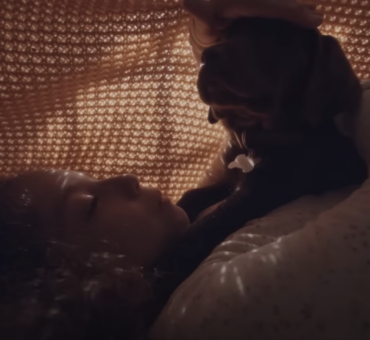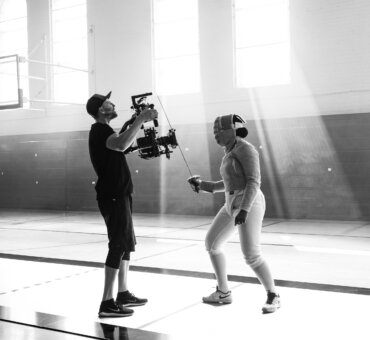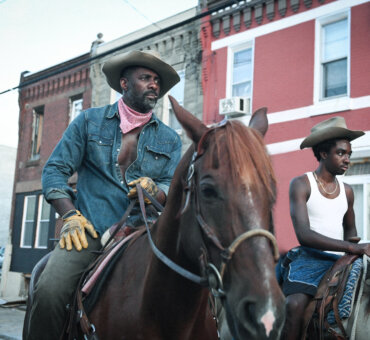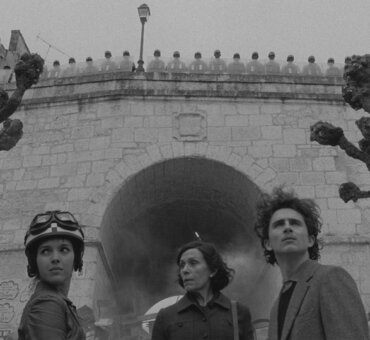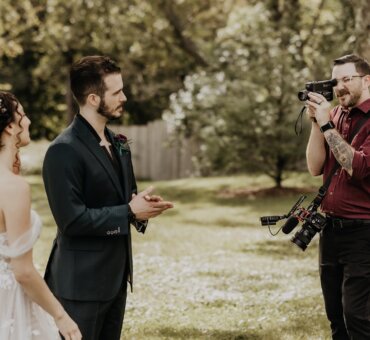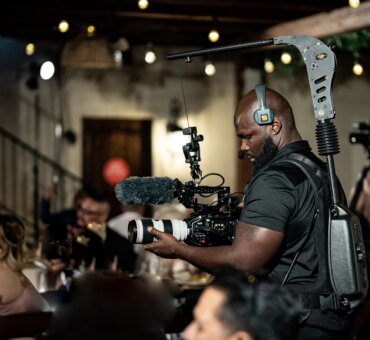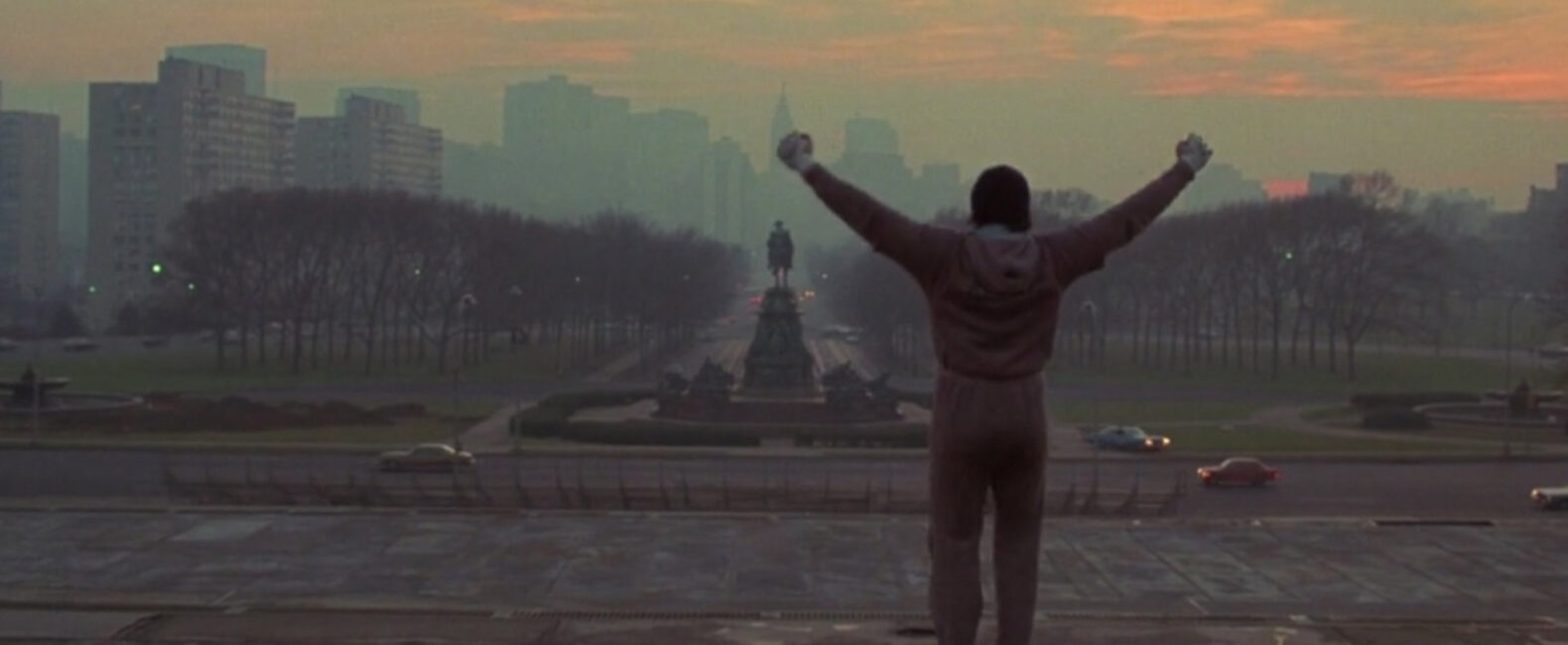Some songs seem to stick with you long after the music fades. A melody so infectious it plays in your mind without asking, looping and echoing in the background of your thoughts.
These are earworm melodies—the kind of music that captures your attention and holds it. They’re not just tunes; they’re emotional hooks that connect you to the story, the brand, or the moment they accompany.
These melodies are more than catchy—they define the content they’re part of. Whether in a film, TV show, or commercial, earworms become part of the experience, lingering in your mind long after the scene ends.
Music: The Heartbeat of a Story
Music is never just an accessory to visuals. It sets the tone, deepens the emotional resonance, and brings a new layer to the experience. Great music is the backbone of any powerful visual story.
When a melody catches hold of you, it does more than just soundtrack the scene; it amplifies the emotions, shapes the atmosphere, and makes the experience unforgettable.
Earworms capture that feeling. They’re crafted to linger, repeating in a way that forges a deeper connection with the audience. They make the content stay with you, weaving themselves into your memory.
Earworms in Film: Defining Iconic Moments
In film, music has the power to shape how we remember a scene, making it more than just a fleeting moment. A memorable melody can turn an ordinary scene into something unforgettable.
Titanic: “My Heart Will Go On”
Celine Dion’s “My Heart Will Go On” flows through Titanic like a second heartbeat. The melody rises and falls with the story, capturing the emotion of Jack and Rose’s connection.
It plays softly in the background during quiet moments and soars during the film’s most unforgettable scenes. When people think of the film, this song surfaces instantly, carrying all the emotion with it.
Harry Potter and the Sorcerer’s Stone: “Hedwig’s Theme”
“Hedwig’s Theme” signals the beginning of magic. Each note creates a sense of curiosity and wonder, inviting viewers into a world of spells, creatures, and hidden passageways.
The melody threads through all eight films, creating continuity across changing tones and stories. It remains one of the most recognizable themes in modern film.
Rocky: “Gonna Fly Now – Theme from Rocky”
“Gonna Fly Now” carries the determination and spirit of the underdog. The melody lifts with every punch, every sprint, every breath.
As Rocky climbs the steps, the horns rise behind him, mirroring his steady push forward.
Its rousing beat connects with audiences on a primal level, symbolizing strength and perseverance. It’s a melody that goes beyond the film, inspiring anyone who hears it.
RELATED READS: Al Benoit on the Art of Using Music to Shape a Story’s Soul
Earworms in TV: Crafting Unforgettable Identity
TV shows are about connection, and a memorable theme song is one way to build that instant link. A great melody doesn’t just accompany a show—it becomes its identity, resonating with viewers long after the credits roll.
Friends (1994-2004)
The claps. The chords. That chorus. “I’ll Be There For You” isn’t just a theme song—it’s a vibe. It captures the carefree chaos of your twenties, where life’s a little messy but the people around you make it better.
Just a few notes of the intro, and you’re back on that orange couch with the Central Perk gang. The melody became part of the cultural fabric, playing on loop in our heads and our living rooms for over a decade.
The X-Files (1993-2018)
Haunting, sparse, and chillingly simple—Mark Snow’s theme for The X-Files is an exercise in restraint. It doesn’t overpower. It whispers, and it lurks. That high-pitched whistle echoes like a signal from another dimension, tapping into the unknown.
It lingers in the mind long after the screen goes dark, pulling you back into a world of secrets and shadows.
The Office (2005-2013)
Play the first three seconds of The Office theme, and people immediately smile. It’s awkward. It’s charming. And it’s just a little off—but in the best way.
That piano-driven melody perfectly matches the tone of the show: chaotic yet lovable. You hear it, and suddenly you’re in Scranton, caught between stapler-in-jello pranks and the red carpet of The Dundies.
It’s an auditory time machine to one of TV’s most beloved ensemble casts.
RELATED READS: Exploring the Power of Visual Storytelling and Music in Film with Kitty Peters
Earworms in Advertising: Making Brands Unforgettable
In advertising, the smallest melodies often do the most work. A few seconds of music can carry the weight of an entire brand story, planting it in someone’s mind before the first line of copy even lands.
These short, sweet jingles build lasting emotional ties, making the ad something people remember, hum, and share without thinking.
McDonald’s – “I’m Lovin’ It”
Launched in the early 2000s and still echoing today, this jingle has global recognition. Those five syllables—“ba da ba ba ba”—are a brand anthem. They’re playful, rhythmic, and endlessly repeatable.
Whether you’re watching an ad during the Big Game or walking past a billboard, the melody triggers an instant association. It’s not just about burgers—it’s about familiarity, speed, and satisfaction.
RELATED READS: How Director Goh Iromoto and The Farmer’s Dog Crafted a Message That Resonated With the Nation
State Farm: “Like a Good Neighbor, State Farm Is There”
This jingle isn’t flashy. It’s sincere. It captures what insurance is supposed to feel like—dependable, steady, human.
The melody is short but powerful, reinforcing the idea that when things go wrong, someone has your back. It has become part of everyday culture, even getting parodied and remixed while still holding onto its original warmth.
Old Spice: “The Whistle Jingle”
A quick, cheeky whistle that instantly cues the brand’s playful bravado. Just a few notes are enough to spark recognition, no matter where you hear them.
It carries a wink of mischief and a burst of energy, the same qualities that have made Old Spice a household name for decades. The sound feels effortless yet deliberate, like the final flourish at the end of a bold statement. Long after the ad fades, the whistle hangs in the air, almost daring you to hum it.
Why These Melodies Stick: The Power of Repetition
Earworms work because they stick. The more we hear something, the more we remember it. Repetition allows a melody to connect on a deeper level, creating lasting associations with the content it accompanies. The brain forms stronger memories of these repeating patterns, embedding the melody in your mind.
Beyond the repetition, earworms tap into universal emotions and shape our experience with what’s on the screen. Whether it’s nostalgia, excitement, or comfort, these melodies connect us to something bigger. Their simplicity and repetition ensure they’re easy to recall, keeping them fresh in our minds long after we’ve switched off the screen.

